THE INSPIRATION FOR THANOS REVEALED IN EXCLUSIVE “LIBRARY” INTERVIEW BY DAVID CONINE
If you haven’t heard of Jim Starlin, then you’ve either never read a comic book or you’re totally oblivious to the massive Marvel blockbuster coming out at the end of April. He’s the man behind the creation of Thanos, the intergalactic villain and titan behind next month’s Avengers: Infinity War. He also wrote the The Death of Captain Marvel, perhaps the most valuable and sought after book in Marvel’s original graphic novel line up. So if you’ve ever heard of Thanos, Drax the Destroyer, or Gamora, you’ve got Jim Starlin to thank.
AfterShock Comics will be honoring the legendary writer and author with their re-release of a retrospective and art book honoring Jim’s legacy. See their press release below:
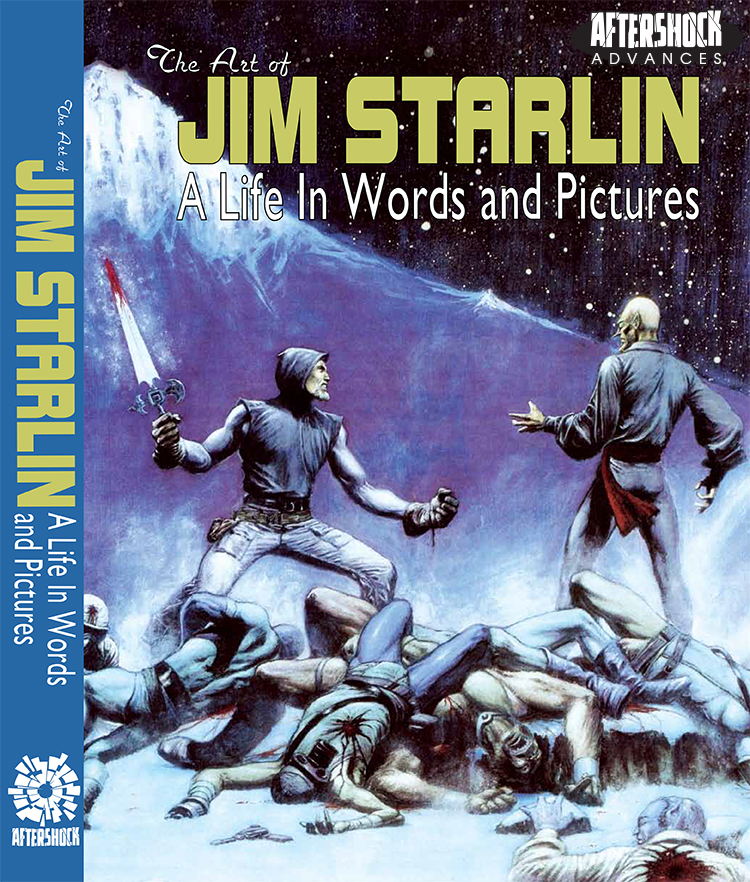 “FIRST AFTERSHOCK PRINTING! There are few creative names in comics whose influence is felt more in pop culture than Jim Starlin, with his creations Thanos, Gamora, and Drax the Destroyer occupying such prominent roles in Marvel’s cinematic universe. The “father of the cosmic soap opera,” Jim Starlin’s name is synonymous with the larger-than-life epic, which is why AfterShock is proud to bring back into print, this epic 328-page retrospective on the career of one of the most popular and prolific comic book artists of the last 40 years! Covering everything from his humble beginnings to his rise as one of the industry’s top creative talents, this oversized volume includes glimpses into Starlin’s files and sketchbooks, as well as images of his personal favorites with insights into his life and creative process. The first edition of this volume sold out instantly. Don’t be caught short this time! Just in time for the release of Marvel’s Avengers: Infinity War movie!”
“FIRST AFTERSHOCK PRINTING! There are few creative names in comics whose influence is felt more in pop culture than Jim Starlin, with his creations Thanos, Gamora, and Drax the Destroyer occupying such prominent roles in Marvel’s cinematic universe. The “father of the cosmic soap opera,” Jim Starlin’s name is synonymous with the larger-than-life epic, which is why AfterShock is proud to bring back into print, this epic 328-page retrospective on the career of one of the most popular and prolific comic book artists of the last 40 years! Covering everything from his humble beginnings to his rise as one of the industry’s top creative talents, this oversized volume includes glimpses into Starlin’s files and sketchbooks, as well as images of his personal favorites with insights into his life and creative process. The first edition of this volume sold out instantly. Don’t be caught short this time! Just in time for the release of Marvel’s Avengers: Infinity War movie!”
On how the project came together and why he’s excited about it:
“When I started in the comic book business “Art Of” books were strictly the provenance of the greats, like Rembrandt and Di Vinci. But times change and so do attitudes. Now the comic is considered an art form and I hope A Life in Words and Pictures contributes a little to that art form’s history. As I come to terms with the drawing part of my career ending, the reissuing of this volume (big enough to knock out a cow with) provides me and readers a chance to look back at a forty-something year long stint in comics and see the starling changes in the industry that occurred during this time frame, both technically and artistically. I have to thank Joe Pruett for instigating this project and the Herculean effort he put into assembling and designing the book.”
On how the experience has been working with AfterShock Comics thus far:
“AfterShock and Joe, as usual, have been simply terrific to work with on this project.”
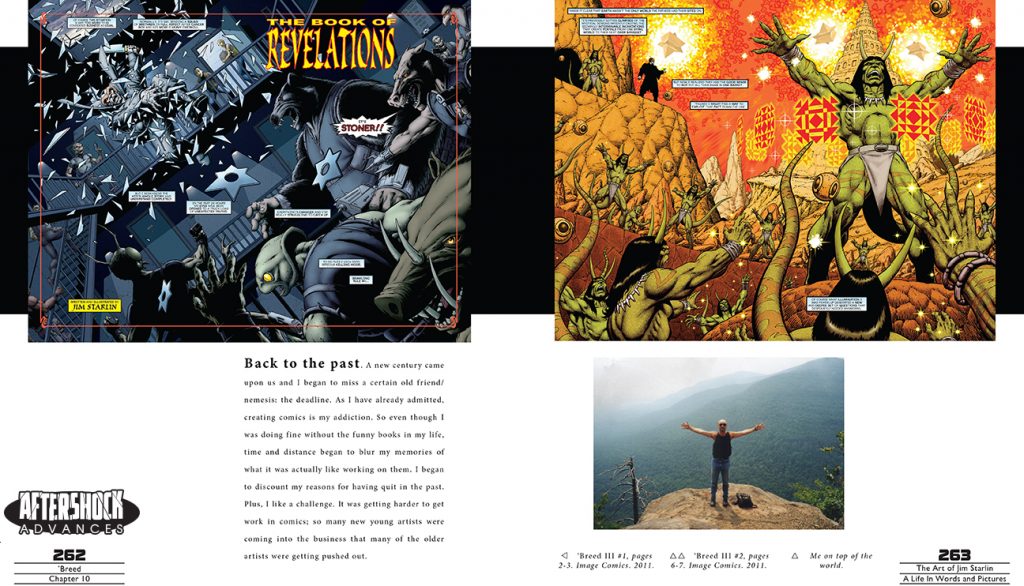 |
| A sneak peak at the interior of the new Jim Starlin art book from AfterShock Comics. |
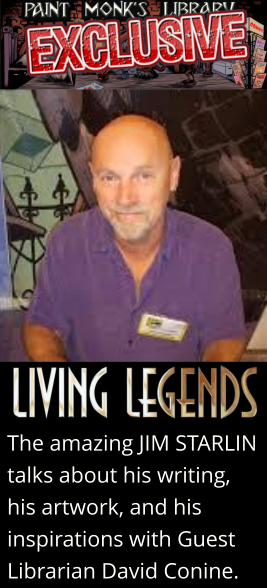 (EDITOR’S NOTE: Guest Librarian and freelance writer David Conine was given an exclusive opportunity to interview the amazing Jim Starlin in anticipation of his upcoming art collection from AfterShock Comics.)
(EDITOR’S NOTE: Guest Librarian and freelance writer David Conine was given an exclusive opportunity to interview the amazing Jim Starlin in anticipation of his upcoming art collection from AfterShock Comics.)
DAVID CONINE: Regarding your process, what methods did you employ when developing such interesting characters, and did you plan on them not only surviving the test of time, but flourishing as they have?
JIM STARLIN: “David, I was working for a paycheck at a job I loved doing, only looking forward as far as where my next job was going to come from and (back then) hoping I’d actually get paid for the job I was currently working on. That didn’t always happen, at least not on time, and that includes companies like Marvel.
I always saw future stories for the characters I was creating but there was no guarantee I’d ever get the chance to do them. But whenever I came back to Marvel, whether it was for a Warlock or Silver Surfer Series I always saw it as an opportunity to do more Thanos stories.”
DAVID CONINE: What were your inspirations when writing these characters and the cosmos of the Marvel Universe many exist in? Many of your peers were doing “normal” superhero crime fighting comics, and you were busy earning the label of “Father of the Cosmic Soap Opera.”
JIM STARLIN: “Every character serves a purpose in a story or he/she shouldn’t be in the story. Settings are determined by intention. Setting my tales in outer space allowed me to tell stories that might be uncomfortable or preachy if taking place on Earth.
Gamora was needed to put a female touch on the good guys’ side of the Warlock series, a counterweight to the Matriach.
Pip was a much needed comic relief for the otherwise dreadfully serious Warlock series.
Drax was brought in to be Thanos’s kyptonite.”
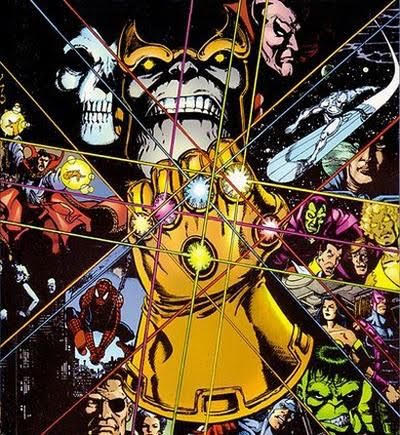 DAVID CONINE: What idea or event spawned the character Thanos?
DAVID CONINE: What idea or event spawned the character Thanos?
JIM STARLIN: “A psychology course in junior college after I got out of the service: Freud’s concept of the darker and lighter side of humanity, Thanos/Eros. Once I started playing with the idea, the darker side proved the much more interesting of the two.”
DAVID CONINE: How did you initially get into writing/drawing comics? Any formal training?
JIM STARLIN: “No formal training, which I regret. A little classical art schooling probably would have made me a better artist.
Marvel was expanding their comic line from eight books a month to about twenty- something and started hiring anyone who could hold a pencil to draw them. I barely qualified. Started writing because I thought I could do a better job of it than many I worked with.”
DAVID CONINE: As you have seen the industry change over the years, what changes/decisions have you witnessed that you feel hurt the genre or industry on a large scale?
JIM STARLIN: “The big corporations buying the companies. The bigger the owner the harder it’s gotten to do good stories. Feeding the bottom line crushes the efforts beneath it to keep it balanced.”
DAVID CONINE: Same question, except instead of harming the industry, what have you witnessed, such as advances in technology, that have changed things for the better?
JIM STARLIN: “Computers. Better coloring, lettering, printing and spell check.”
DAVID CONINE: Who or what was your biggest inspiration when you began your career in writing and drawing comics?
JIM STARLIN: “Jack Kirby, Steve Ditko, Joe Kubert, Charles Dickens, Roger Zelazny, Citizen Kane, and so many more. Artists should have myriad inspirations.”
DAVID CONINE: Did you know that you wanted to draw and write comics – create comics – or was it something that just happened?
JIM STARLIN: “My father worked at Chrysler as a draftsman and used to bring home tracing paper and #2 pencils. With them I started tracing out the characters. The pastime became an obsession, which eventually turned into a career.”
DAVID CONINE: What do you feel was your “made it” moment?
JIM STARLIN: “Still not sure I’ve hit that moment. Don’t want to become complacent.”
DAVID CONINE: Did you read comics as a child, and if so what were your favorite characters and titles, and why?
JIM STARLIN: “Yes, Superman, Batman and (believe it or not) Wonder Woman. They were the only characters being published back in the fifties.”
DAVID CONINE: Who are you favorite illustrators?
JIM STARLIN: “You got all day? N C Wyeth, J C Lyndecker, Frank Frazetta, Frank Schoonover, Dore, Howard Chaykin, so many more that I can’t immediately bring to mind. I’m on vacation and away from my library to be reminded.”
DAVID CONINE: When working for companies like Marvel and DC, how far ahead would you write or plan a storyline? Did you have a specific method you employed for this?
JIM STARLIN: “It would depend on the job. I usually like to have a lot of extra time built into the schedule, to avoid mishaps or unexpected events throwing things off but that’s not always possible. Some early jobs, like one issue of the Cat that Alan Weiss and I drew we only had three days to get the job done.”
DAVID CONINE: What was the first comic you ever wrote?
JIM STARLIN: “The middle chapter of a Captain Marvel issue. I took over scripting that series completely the following issue.”
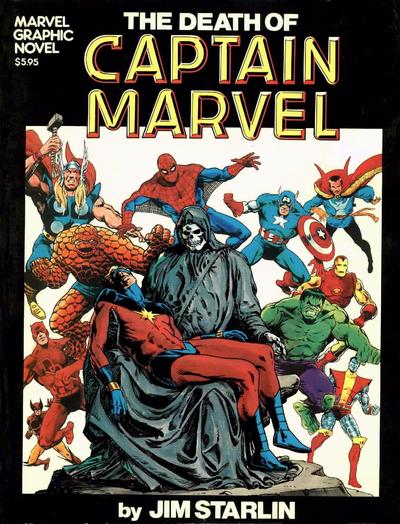 DAVID CONINE: What is your favorite comic that you have written? Specific issue, and why?
DAVID CONINE: What is your favorite comic that you have written? Specific issue, and why?
JIM STARLIN: “The Death of Captain Marvel for so many reasons.”
DAVID CONINE: Do you have a favorite illustrator/creative team that you enjoyed to working with the most?
JIM STARLIN: “Bernie Wrightson would probably be #1 with Alan Davis and Ron Lim fighting it out for second place, for very different reasons, obviously.”
DAVID CONINE: Over the years, what are a few of your top 10 favorite writers?
JIM STARLIN: “Alan Moore, Frank Miller, Steve Gerber, Roy Thomas, Stan Lee, and Bob Kaniger.”
DAVID CONINE: If you were to choose, what character that you’ve ever worked with is your most beloved?
JIM STARLIN: “Thanos.”
(EDITOR’S NOTE: David Conine and Paint Monk’s Library would like to offer our deepest thanks and heartfelt appreciation to AfterShock Comics and Jim Starlin for the opportunity to conduct this exclusive interview.)
Both comments and pings are currently closed.
 REVIEW: OAR #2 Renews, Refreshes An RPG Classic
(EDITOR’S NOTE: Welcome to Musings from the Monk, a semi-regular column written by the chief archivist and comic nut who organizes Paint Monk’s Library ...
REVIEW: OAR #2 Renews, Refreshes An RPG Classic
(EDITOR’S NOTE: Welcome to Musings from the Monk, a semi-regular column written by the chief archivist and comic nut who organizes Paint Monk’s Library ...
 REVIEW: Red Sonja #19 a Good “Jumping Off” Point
"JUMPING-ON POINT FOR NEW READERS. Sonja The Red, victorious. But ruling is impossible. And a young, old foe returns with a plan ...
REVIEW: Red Sonja #19 a Good “Jumping Off” Point
"JUMPING-ON POINT FOR NEW READERS. Sonja The Red, victorious. But ruling is impossible. And a young, old foe returns with a plan ...
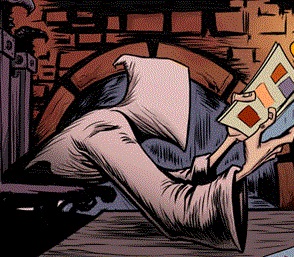 Moon Knight Squares Off with The Sun King
REVIEW: MOON KNIGHT #193 (Written by Max Bemis with art by Jacen Burrows)
When the avatars of the sun and the moon get ready ...
Moon Knight Squares Off with The Sun King
REVIEW: MOON KNIGHT #193 (Written by Max Bemis with art by Jacen Burrows)
When the avatars of the sun and the moon get ready ...
 INTERVIEW: Will Barry Windsor-Smith work on New Conan?
By WALLY MONK - Paint Monk's Library Editor
Marvel Comics has announced the release of a new omnibus edition of their Conan the Barbarian ...
INTERVIEW: Will Barry Windsor-Smith work on New Conan?
By WALLY MONK - Paint Monk's Library Editor
Marvel Comics has announced the release of a new omnibus edition of their Conan the Barbarian ...
 Are you a fan of Mordheim? Discuss Proxy Miniatures and New Warbands on Facebook
"Alt-Heim" debuted on 5/10/18 for discussion of proxy warbands in GW's Mordheim
Paint Monk's Library has a new community group on Facebook for Mordheim!
Paint ...
Are you a fan of Mordheim? Discuss Proxy Miniatures and New Warbands on Facebook
"Alt-Heim" debuted on 5/10/18 for discussion of proxy warbands in GW's Mordheim
Paint Monk's Library has a new community group on Facebook for Mordheim!
Paint ...
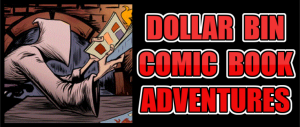


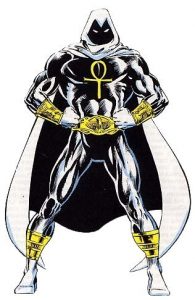

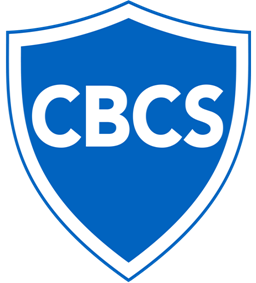

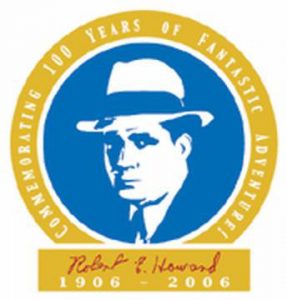
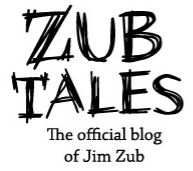
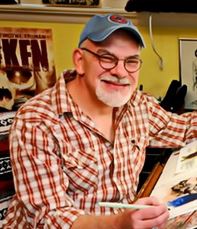
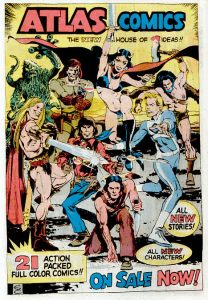
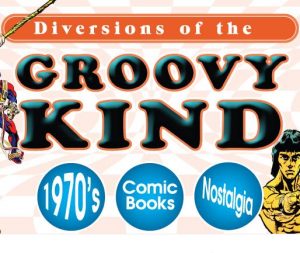
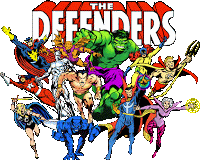
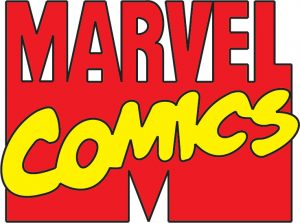
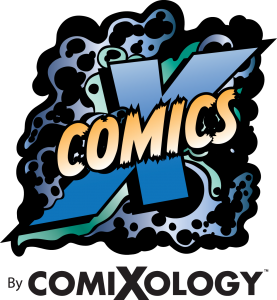
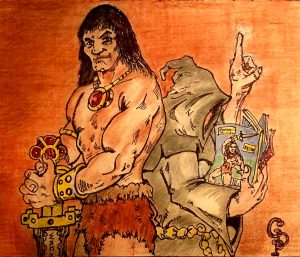
AfterShock Comics Presents the Art of Jim Starlin
THE INSPIRATION FOR THANOS REVEALED IN EXCLUSIVE “LIBRARY” INTERVIEW BY DAVID CONINE
If you haven’t heard of Jim Starlin, then you’ve either never read a comic book or you’re totally oblivious to the massive Marvel blockbuster coming out at the end of April. He’s the man behind the creation of Thanos, the intergalactic villain and titan behind next month’s Avengers: Infinity War. He also wrote the The Death of Captain Marvel, perhaps the most valuable and sought after book in Marvel’s original graphic novel line up. So if you’ve ever heard of Thanos, Drax the Destroyer, or Gamora, you’ve got Jim Starlin to thank.
AfterShock Comics will be honoring the legendary writer and author with their re-release of a retrospective and art book honoring Jim’s legacy. See their press release below:
JIM STARLIN: “You got all day? N C Wyeth, J C Lyndecker, Frank Frazetta, Frank Schoonover, Dore, Howard Chaykin, so many more that I can’t immediately bring to mind. I’m on vacation and away from my library to be reminded.”
DAVID CONINE: When working for companies like Marvel and DC, how far ahead would you write or plan a storyline? Did you have a specific method you employed for this?
DAVID CONINE: Over the years, what are a few of your top 10 favorite writers?
(EDITOR’S NOTE: David Conine and Paint Monk’s Library would like to offer our deepest thanks and heartfelt appreciation to AfterShock Comics and Jim Starlin for the opportunity to conduct this exclusive interview.)